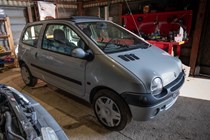Whatever the circumstances behind your need to take your car off the road for a while, if you prepare a car for storage correctly you’ll prevent its condition deteriorating significantly during its hiatus from road use. Rather than just shoving a cover on and forgetting about it, there are a few steps you can take to make its return to the road as straightforward as possible.
In this guide, we’re going to explain everything you need to do to prepare a car for storage. It’s possible to store a car for three months without any particular preparation. Beyond that, It’s wise to follow the tips and advice detailed here.
What do you need to think about when storing a car?
If you want your car to survive being in storage – whether covered or not – for a lengthy period of time, there’s quite a lot you need to do. Fortunately, none of them are particularly intensive, the whole process taking a couple of hours or so. Here are Parkers’ top tips:
Keep the battery charged
Connecting your car’s 12-volt battery to a trickle charger will prevent it going flat during storage. The charger feeds in a small amount of electricity to keep the battery primed and ready for when you next turn the car on. A solar charger is a better bet if you’re parking the car outdoors without access to a socket.
Alternatively, a smart charger both recharges the battery and conditions it – that’s a process that ensures it’s healthy and free of internal corrosion. It’s a sensible tool to have in the garage and costs a lot less than a replacement battery. Note that an electric cars also have a 12-volt that needs to be kept topped up during storage.
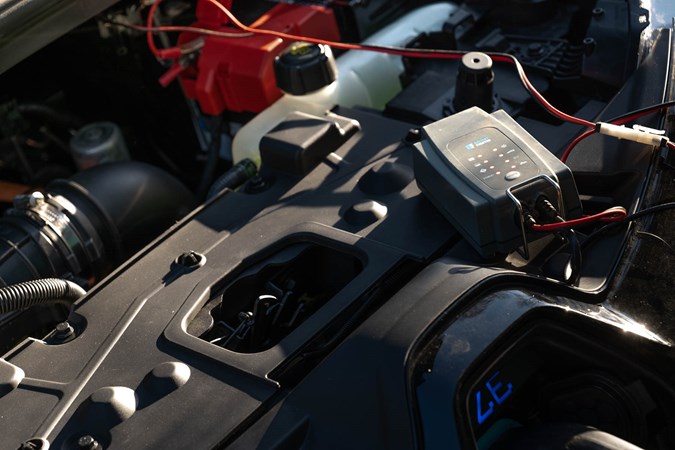
Pump up the tyres
During longer periods of storage, tyres lose pressure and get flat spots. You should inflate your car’s tyres to 40 PSI or so, and roll the car back and forth weekly. To facilitate doing so, park the car with a couple of feet to spare at both ends if you can . If you notice the tyres going flat, get a tyre inflator to pump them back up to pressure immediately. If flat spots are left too long, the structure of the tyres can become damaged to the extent they need replacing.
Keep damp at bay
Even in a dry garage, damp can build up in a car’s interior and turn to mould surprisingly quickly. A dehumidifier pack can stop that happening very effectively. But even then your car’s interior can start to smell stale after a while, so you may want to hang an air freshener. Cracking a window open can help, as well, but only if moisture is unlikely to get through the gap.
Check for leaks
You shouldn’t need to worry too much about the fuel and fluids in your car if you’re taking it off the road for three months or less. However, it’s important to check there are no leaks. If there are any, get them fixed before putting the car into storage. Even if there aren’t any, you may still want to get a spill kit or drip tray or oil pan just in case the car does drop any fluids while it’s parked up.
Low quality fuel can go off after a year or so, making the car harder to start. As such, we recommend leaving the car with about a quarter of a tank of fuel, which makes it easier to add fresh fuel if needed. But be mindful that condensation can build up in the empty, potentially causing problems when the time comes to restart the car. In can also cause rust in a metal fuel tank of the sort fitted to many older cars.
Get a car cover
A good waterproof car cover is vital if you’re leaving your motor outside, especially if it’s under a tree or next to bush. It’ll stop moisture and muck damaging the car’s bodywork, and even prevent rust breaking out. Universal covers are available but it’s best to get one designed specifically for your car. Bare in mind that it can be wise to periodically take the cover off the car to let both air out, especially after long periods of rain.
We recommend covering the car if it’s in a garage or barn, as well. It’s amazing how quickly dust and grime can build up, and there’s limitless opportunities for the paint to get scratched. If you can stretch to it, you could invest in a dehumidified ‘bubble’ to store your car in.
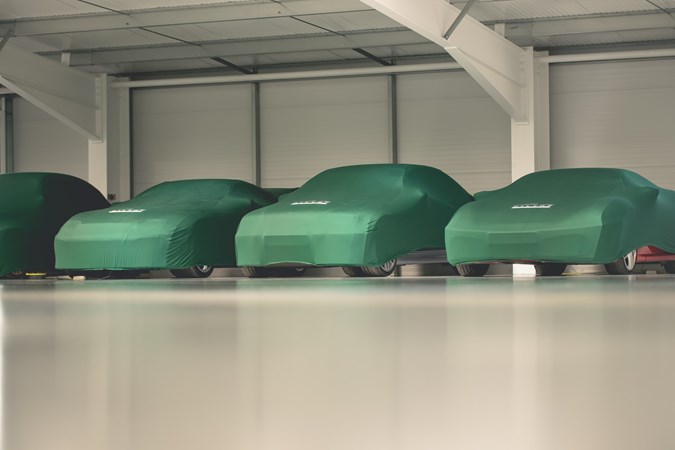
Secure the car
It goes without saying you should secure your car when you lay it up; a decent steering wheel lock provides an extra level of security that’s valuable if your parking space is in a public place. You could even get a wheel clamp to make the car immoveable.
Make sure your car is legal
If you’re leaving your car parked on a road, it must be taxed and insured, have a current MOT and the number plates must be visible. If it’s parked on private land, you can declare the car SORN, exempting you from the need to tax and MOT it. Some insurance companies offer off-road cover at a much reduced rate, if you have a garage or secure storage.
What can I do to my car for long term storage?
A car is more likely to survive a period in storage unscathed if it’s fit and healthy to begin with, so it’s a good idea to have it fully serviced before it comes off the road. At the very least, make sure the oil is clean and topped up to the correct level, the oil filter is recent, and the coolant is relatively fresh. You could even go as far as having the car fully serviced.
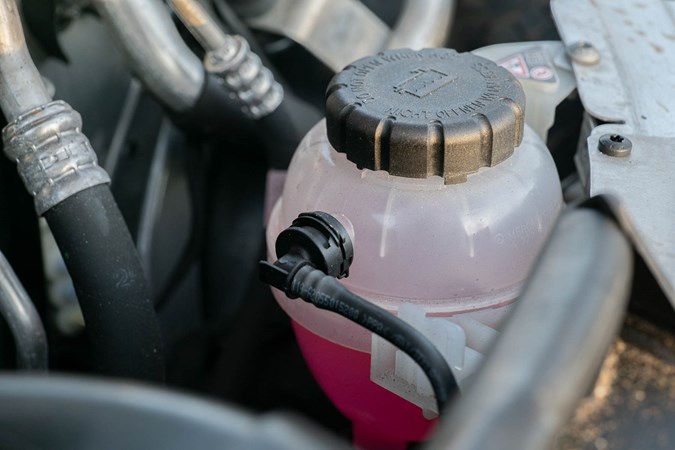
It’s worth cleaning the car thoroughly. It’ll protect the paint, and it gives you a chance to make sure all the door seals, window rubbers and wipers are in good condition. But it doesn’t do to put a car away when it’s wet, so also dry it thoroughly with a drying towel. It’s especially important to make sure the drain holes below the car’s windscreen, around a sunroof and for a convertible’s top are clear – particularly if storing the car outdoors.
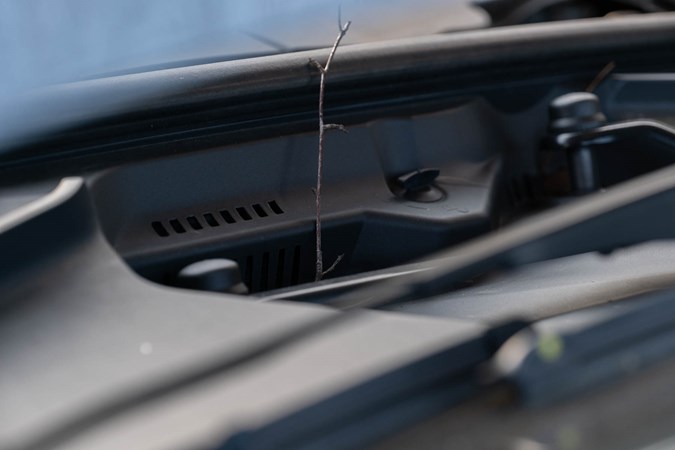
Open the bonnet and clear out any leaves and debris. Run water down the windscreen – it should run out underneath, rather than pooling around its lower edge.
Cars with air conditioning have an additional drain where moisture condenses and runs away below the car. It may not be accessible, but if you can see a rubber drain in the space behind the engine, squeeze it a couple of times. Once you know the car is free of water traps, is cleaned and waxed if you have time, it’s in a good condition to be put away.
What to do while your car is in storage
If putting your car in covered storage, make sure it’s dry first. Moisture can pool in all sorts of crevices and voids, causing rust. If you’re storing it in winter when roads are salted, you need to wash and dry the car even more thoroughly because salt accelerates corrosion.
Switch off all the car’s electrical equipment including the lights, fans, air conditioning, stereo, automatic lights/wipers and the interior lights. Leaving them on will drain the battery.
If the car is being stored indoors crack open the windows slightly, which helps stop damp and mildew developing. Clear all the rubbish out of the car along with any tins of sweets and packets of biscuits. Then wipe everything down with disinfectant to further prevent mould developing.
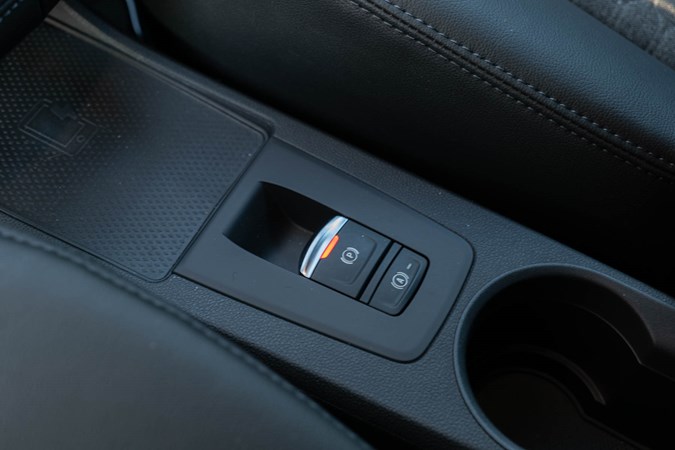
Leave the handbrake off, and put blocks of wood or wedges to stop the wheels turning – unless you plan on returning to the car regularly and releasing the brake yourself. Either way, leave a manual car in first gear, which also helps stop it moving. Most cars with electric parking brakes have a mode that locks the brake off – check the owner’s manual or Google, as the procedure varies model by model.
If you have an automatic car, check that it can start in neutral and leave it there if so. Many autos won’t be able to move out of park if the battery is flat, so trickle-charging is particularly important.
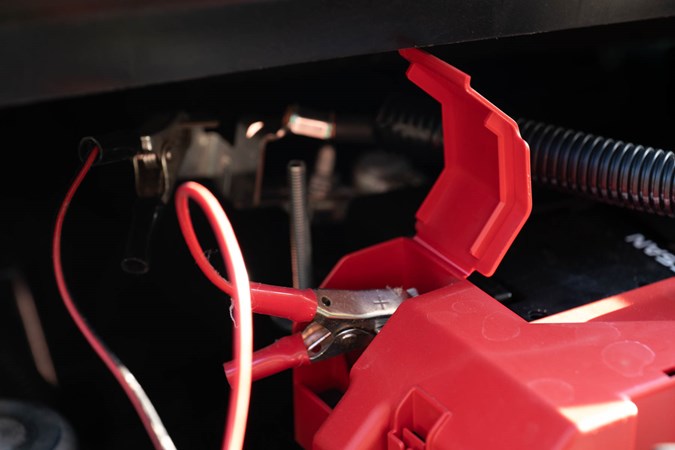
Connect a trickle charger – directly to the battery or jump-start terminals – lock the car, and take a set of pictures so you can keep an eye on the tyres and any environmental damage. Put the cover on, if you have one, and say goodbye!
If you’re using a dedicated car storage facility, they should do all of that for you when you drop your car off. When getting quotes from such facilities, make sure you ask them to talk you through exactly what services they provide.
Looking after your stored car
Go out weekly and check to see if any fluid leaks have developed while the car has been sat. Pay attention to antifreeze in particular – it’s highly toxic.
If safe to do so, remove the wheel blocks and roll the car forwards and backwards. Remember that it takes a lot of force to apply the brakes without the engine running, so don’t risk it on slopes.
If the car is uncovered, wash off any dirt, bird droppings and other muck that has accumulated.
Make sure the trickle charger is working. If in doubt, disconnect it, start the engine and let it run for a few minutes. But don’t start the car needlessly as that can actually be worse for it than just letting it sit.
Dedicated car storage facilities should have a maintenance routine for making sure their charges are in good condition. Ask what they do when making enquiries.

How long can you leave a car without driving it?
A car that’s been properly been prepared for storage and looked after while it’s off the road should survive for a year or so with no ill effects. Leave it for much longer than a year and the fuel starts to deteriorate and the engine won’t run properly. How well a car survives multiple years in storage comes down to the quality of the car, how well its been stored and – often – luck. Realistically, though, you should expect any car that’s been laid up for two years or more to have developed some problems and need a bit of recommissioning before it goes back on the road.
Just so you know, we may receive a commission or other compensation from the links on this website - read why you should trust us.



